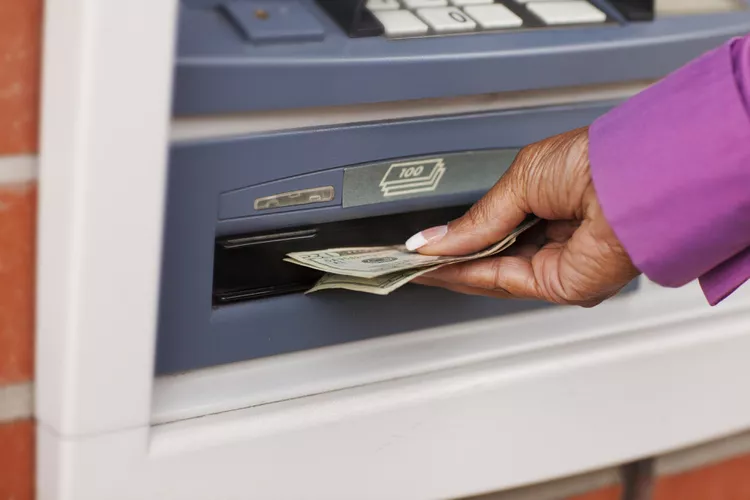1. Power Compatibility in Canada
2. Chargers for Cameras, Computers, and Cell Phones
3. Hair Tools: Dryers and Straighteners
4. Using Your Cell Phone in Canada
5. Accessing ATMs in Canada
If you are traveling from the US, the Caribbean, or Mexico to Canada, your hair dryer, travel iron, and cell phone charger will function properly. Canadian electricity operates at 110 volts / 60 Hertz, similar to the United States. However, if you are traveling to Canada from a different continent, it is likely that you will need to acquire voltage converters and plug adapters unless you possess dual voltage travel appliances.
Chargers for Cameras, Computers, and Cell Phones
Camera chargers, computer chargers, and cell phone chargers are typically dual-voltage, allowing them to work effectively without a voltage converter. If you’re visiting Canada from a country that uses larger three-pronged plugs, cylindrical two-pronged plugs, or slant-pronged plugs, you will need to purchase a plug adapter for your charger. These adapters are readily available at most large retailers, including Walmart and Tesco, as well as at travel stores and various online marketplaces.
Hair Tools: Dryers and Straighteners
When taking a hair dryer to Canada, ensure it is designed for 110 volts or is a dual voltage model. Many standard hair dryers do not support dual voltage. While using a voltage converter with a single voltage hair dryer is theoretically possible, it may not be the safest option. Since travel-sized voltage converters are typically not powerful enough to handle the electrical load of larger appliances, caution is advised. Tip: Verify your hair dryer’s voltage settings to ensure it is switched to 110 volts to avoid potential hazards.
Conversely, many hair straighteners are available as dual voltage devices. Consequently, you need only a plug adapter. Remember to adjust the straightener from 220 volts to 110 volts / 60 Hertz before usage.
When it comes to travel irons, their voltage specification can vary. Therefore, it is vital to check your iron beforehand. Since irons consume significant electricity, using a single voltage iron with a converter may pose safety issues, or it might not heat adequately to remove wrinkles. Tip: Before packing your travel iron, inquire with your hotel staff or vacation home host about the availability of an iron for your convenience.
Using Your Cell Phone in Canada
Most American cell phones function effectively in Canada, depending on your cellular service provider. Prior to your journey, reach out to your provider to ensure your phone is configured for international calls. Otherwise, your phone may remain inoperable upon crossing the border. Without a suitable international plan, you may face significant roaming charges for calls, texts, and data.
Even if your cell phone operates in Canada, you might want to consider alternatives for staying in touch with family and friends. Setting your phone to airplane mode allows you to use WiFi for communications, enabling you to message via social media. Applications like Skype and WhatsApp provide options for making calls and sending messages without incurring extra costs.
Accessing ATMs in Canada
Canada’s ATM network is compatible with many major systems, including Cirrus and Plus. If your bank or credit union is part of either network, utilizing Canadian ATMs should pose no issues. It is advisable to confirm with your financial institution before traveling to avoid complications.
If your travels take you to New Brunswick or Québec, the ATM on-screen prompts may default to French, unless you find yourself in western New Brunswick. Look for English options by searching for the words “English” or “Anglais” after inserting your card. After selecting English, the remainder of the instructions will display accordingly. Keep all ATM receipts to verify against your bank statement after returning home, and promptly report any discrepancies to your bank or credit union.
Tip: To prevent your bank or credit union from freezing your ATM card during your travels, notify the fraud protection department beforehand. Some institutions may request specific destinations you’re visiting, while others may simply note your travel dates in your account for security measures.





